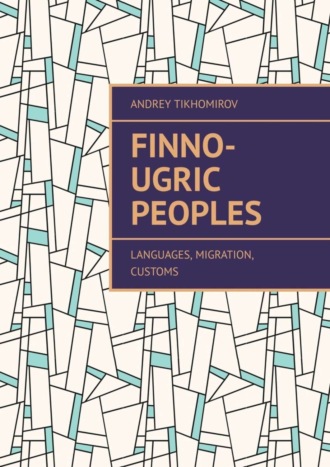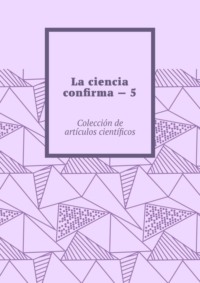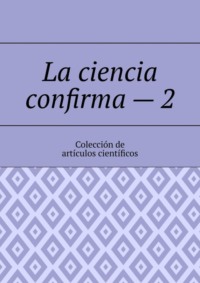
Полная версия
Finno-Ugric peoples. Languages, Migration, Customs
Russia – in Finnish Venäjä (read “veneia”); Estonian Venemaa (read “venemaa”, literally “land of boats”), apparently from the Wends, Wends – the ancient Slavic tribe; in Hungarian Oroszország (read “orosorsag”, literally “rosov country). Compare:" As for the name “Rus”, here we are talking about a pirate team with a name led by Rurik, somewhat consonant by chance, which gave rise to later confusion. Members A.M. in the book “In the footsteps of Dobrynya”, he writes: “Ordinary Scandinavian pirates were called in Norman rootkars or rutsmenami (literally” rowers”, meaning” ushkuyniki”). Among their neighbors, the Finns, the word turned into the ethnic name “Ruotsi” with the meaning “Pirate Country”. Take a look at today’s Finnish-Russian dictionary and you will find the country of Ruotsi in it now. But this is by no means Russia, but Sweden!”:
In Russia, there are many settlements (cities, villages, villages) that bear the non-Slavic ending -sha (for example: Kideksha, Iksha, Shileksha, Koloksha, Kovaks, Yundoks, etc.), which is likely in the ancient Finno-Ugric languages, meant a river or stream (for example, in the modern Mari language, “iksa” means a stream). They belong to the oldest Ugro-Finnish formants (the formed suffix with the ending) in Russia and originated in the II – I millennium BC. The forest zone of Central Russia is characterized by a Finno-Ugric substrate. Finno-Ugric tribes occupied as far back as II – I millennium BC. vast expanses of Eastern Europe. The names of rivers (hydronyms) ending in -sha, -xa, are spread over a vast territory from the right bank of the Oka to the White and Barents Seas, but mainly, as archaeologist V.V. Sedov found out, where monuments of the Volosovo archaeological culture of the late Neolithic era are found. Thus, it is established that this culture was abandoned by the most ancient Finno-Ugric tribes on the territory of our country. The formants -ma, (Ukhtoma, Andoma, Kema, etc.), and -oga, -ega, -uga, -yuga, meaning the river, are also associated with these tribes. In modern Finno-Ugric languages, “yokki”, “yoggy” means a river): Andoga, Lindega, Vetluga, Uftiug, etc. According to the most common hypothesis, the origin of the names of the Oka and South rivers, which simply meant “river,” in Estonian – jõgi. A possible explanation of the origin of the Moscow river, hence the name of the city, from the Old Baltic word “nodal river” – “mosk” – node, “Wandou” – river. Modern Latvian: knot – mezgls; Lithuanian – mazgas. The Baltic (Baltic) languages include modern Latvian, Lithuanian, as well as extinct: Prussian, Yatvyazh, Curonian, Selonian and some others, were in ancient kinship with Slavic languages. The Baltics (Baltic tribes), settled in the 1st millennium AD, the territory from the south-west of the Baltic states to the upper Dnieper and the Oka River basin (ropes), at the turn of the 1st – 2nd millenniums became part of the Old Russian nationality. Western Balts (Zemait, Zemgale, Curonian, Latgale) are the ancestors of modern Latvians and Lithuanians. However, in the Old Finnish languages, “va” means water, Estonian vee means water, in Hungarian it means víz, and in Finnish it means vettä. The ending is typical for many Finno-Ugric hydronyms (Lysva, Sylva, Kosva, etc.). The oldest Finno-Ugric names, according to some scholars, are associated with numerous names of rivers ending in -shma, -shma, -shma, -shma (Klyazma, Vyazma, Kineshma, Kesma, etc.). This group of formants probably belongs to an unknown yet dofinugorsk substrate. The question of the etymology of the Volga is ambiguous. Her ancient name Ra, mentioned by ancient authors, despite the existence of various hypotheses on this subject, remains unclear. In the Turkic languages, the Volga was called Itil (Idel, Atal, Atil), which means “river.” Hence the assumption that the Russian name of the river comes from the Slavic “moisture” (Russian – “vologa”) and originally could also mean simply “river”. However, there is another hypothesis – about the Finno-Ugric origin of the hydronym: in Estonian, “valge” means “white, light”; Then the Volga can be translated as the White or Light River.
Конец ознакомительного фрагмента.
Текст предоставлен ООО «ЛитРес».
Прочитайте эту книгу целиком, купив полную легальную версию на ЛитРес.
Безопасно оплатить книгу можно банковской картой Visa, MasterCard, Maestro, со счета мобильного телефона, с платежного терминала, в салоне МТС или Связной, через PayPal, WebMoney, Яндекс.Деньги, QIWI Кошелек, бонусными картами или другим удобным Вам способом.









